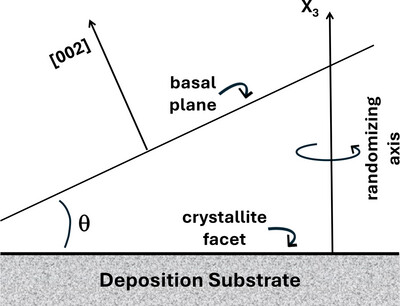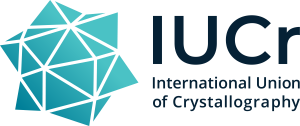Journal list menu
Export Citations
Download PDFs
scientific commentaries
Magnetic crystallography comes of age
- Pages: 509-513
- First Published: 02 December 2024
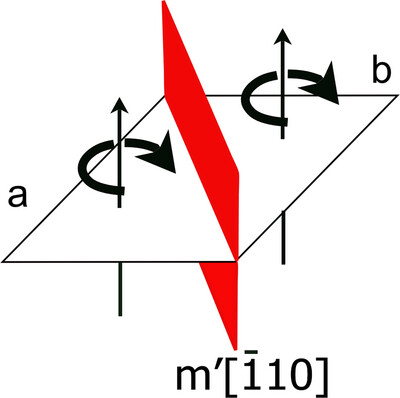
A special issue of Acta CrystallographicaSection B reports the great progress made recently in the determination, reporting, and archiving of magnetic structures, of which there are now more than 2000. The infrastructure needed to support the field is now in place. The special issue also highlights new science made possible by these developments.
The seventh blind test highlights exciting developments in crystal structure prediction
- Pages: 514-516
- First Published: 02 December 2024
research papers
The seventh blind test of crystal structure prediction: structure generation methods
- Pages: 517-547
- First Published: 17 October 2024
The seventh blind test of crystal structure prediction: structure ranking methods
- Pages: 548-574
- First Published: 17 October 2024
Polymorph sampling with coupling to extended variables: enhanced sampling of polymorph energy landscapes and free energy perturbation of polymorph ensembles
- Pages: 575-594
- First Published: 17 October 2024
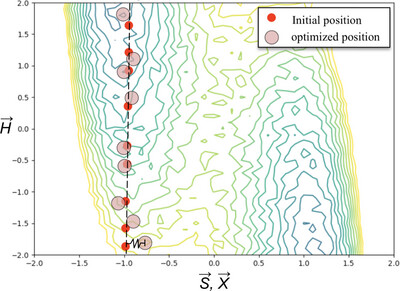
A design is tested for a polymorph search algorithm relevant for enhanced sampling of crystal structures based on the relation between internal molecular structure variables and corresponding crystal polymorphs as representative of the inherent vapor to crystal transitions that exist in nature. Molecules are represented as extended variables within a thermal reservoir. Unit-cell variables are generated using pseudo-random sampling incorporating a harmonic coupling to extended variables.
Assessment of the exchange-hole dipole moment dispersion correction for the energy ranking stage of the seventh crystal structure prediction blind test
- Pages: 595-605
- First Published: 17 October 2024
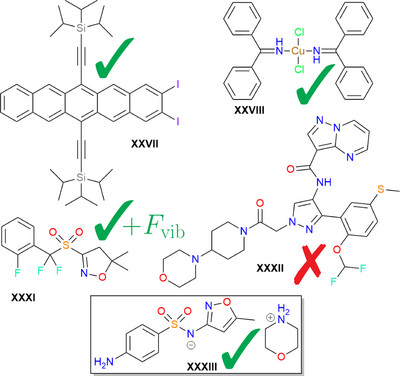
Density-functional calculations using numerical atomic orbitals and the exchange-hole dipole moment dispersion model were applied to the energy ranking stage of the seventh crystal structure prediction blind test. This methodology gave successful predictions of the experimentally isolated polymorphs as being low in energy for three of the compounds considered, and for one additional compound upon inclusion of a vibrational free-energy correction.
Contrasting conformational behaviors of molecules XXXI and XXXII in the seventh blind test of crystal structure prediction
- Pages: 606-619
- First Published: 17 October 2024
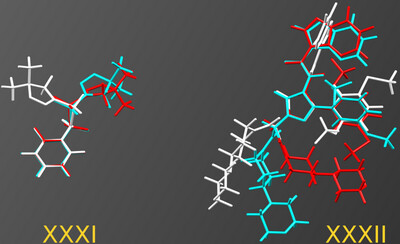
The conformational energies and crystal energy landscapes for molecules XXXI and XXXII from the seventh blind test of crystal structure prediction are investigated with a variety of electronic structure methods. Whereas molecule XXXI can be modeled relatively straightforwardly, molecule XXXII proves challenging even for state-of-the-art quantum chemistry techniques.
Predicting co-crystal structures of N-halide phthalimides with 3,5-dimethylpyridine
- Pages: 620-627
- First Published: 02 December 2024
Crystal structure predictions for molecules with soft degrees of freedom using intermonomer force fields derived from first principles
- Pages: 628-655
- First Published: 02 December 2024
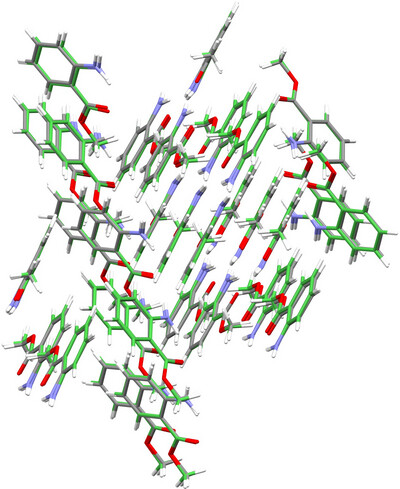
Crystal structure predictions for targets of CCDC's seventh blind test, all containing monomers with soft degrees of freedom, were performed using intermonomer force fields (FFs) fitted to ab initio computed interaction energies. The protocol accounting for monomers' flexibility by considering low-energy conformers was reasonably successful, but the protocol using empirical intramonomer FFs was not, even if some parameters in these FFs were refitted to ab initio data.
Spin reorientation and the interplay of magnetic sublattices in Er2CuMnMn4O12
- Pages: 656-664
- First Published: 28 October 2024
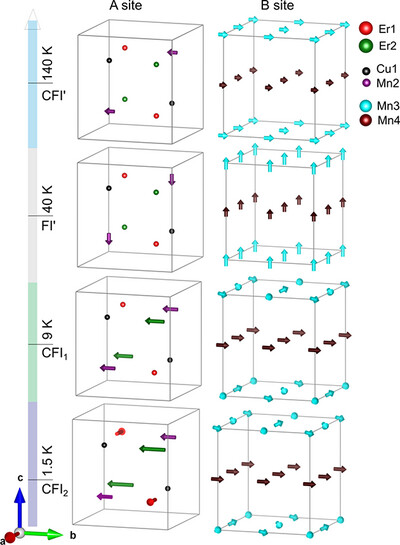
We show that the interplay of multiple magnetic sublattices in Er2CuMnMn4O12 leads to four magnetic phase transitions characterized by the onset of ferrimagnetic order, spin-reorientation, spin canting, and the polarization of Er ions. While we elucidate numerous features of this complex magnetic system, the exact nature of the low-temperature coupling between erbium and manganese, and the origin of a k = (0, 0, ½) modulation, remain intriguing topics for future studies.
Symmetry, magnetic transitions and multiferroic properties of B-site-ordered A2MnB′O6 perovskites (B′ = [Co, Ni])
- Pages: 665-675
- First Published: 02 December 2024
Crystal structure of the incommensurate modulated high-pressure phase of the potassium guaninate monohydrate
- Pages: 676-681
- First Published: 17 October 2024
From `crystallographic accuracy' to `thermodynamic accuracy': a redetermination of the crystal structure of calcium atorvastatin trihydrate (Lipitor®)
- Pages: 682-687
- First Published: 17 October 2024
Synthesis and structural study of the partially disordered complex hexagonal phase δ1-MnZn9.7
- Pages: 688-694
- First Published: 17 October 2024
Crystal structure and compressibility of magnesium chloride heptahydrate found under high pressure
- Pages: 695-705
- First Published: 28 October 2024
A contribution to the crystal chemistry and topology of organic thiosulfates: bis(1-methylpiperazinium)·S2O3·H2O versus 1-methylpiperazinediium·S2O3·3H2O
- Pages: 706-714
- First Published: 02 December 2024
Crystal structure of nickel orthovanadate (Ni3V2O8) at 299 (3) K and 1323 (8) K: an X-ray diffraction study
- Pages: 715-723
- First Published: 28 October 2024
The incommensurate composite YxOs4B4 (x = 1.161)
- Pages: 724-731
- First Published: 07 November 2024
Morphological control for hollow rod crystals of a photochromic diarylethene on spherulites by surface properties of substrates
- Pages: 732-737
- First Published: 07 November 2024
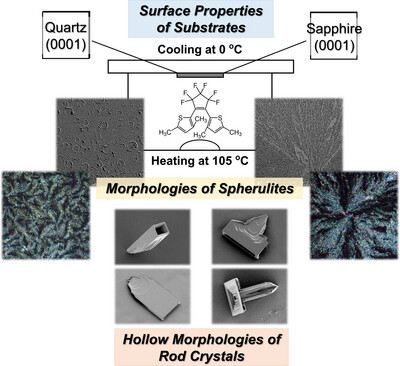
1,2-Bis(3,5-dimethyl-2-thienyl)perfluorocyclopentene formed its own spherulites by sublimation onto the hydrophilic surfaces of the (0001) planes of α-quartz and sapphire substrates. The formation of different morphologies of these spherulites was attributed to the surface properties of each substrate. Depending on the morphology of the spherulites, hollow rod crystals with cross sections of different sizes and shapes and branching structures were generated on the surfaces of the spherulites.
Atypical phase transition, twinning and ferroelastic domain structure in bis(ethylenediammonium) tetrabromozincate(II) bromide, [NH3(CH2)2NH3]2[ZnBr4]Br2
- Pages: 738-745
- First Published: 07 November 2024
Polymorphism of Pb5(PO4)3OHδ within the LK-99 mixture
- Pages: 746-750
- First Published: 02 December 2024
Structures of hexamethyl-[1,1′-biphenyl]-4,4′-diammonium salts
- Pages: 751-759
- First Published: 02 December 2024
Seed layer formation by deposition of microcrystallites on a revolving substrate: modeling of the effective linear elastic, piezoelectric, and dielectric coefficients
- Pages: 760-765
- First Published: 02 December 2024
Conformational disorder in quercetin dihydrate revealed from ultrahigh-resolution synchrotron diffraction
- Pages: 766-781
- First Published: 02 December 2024
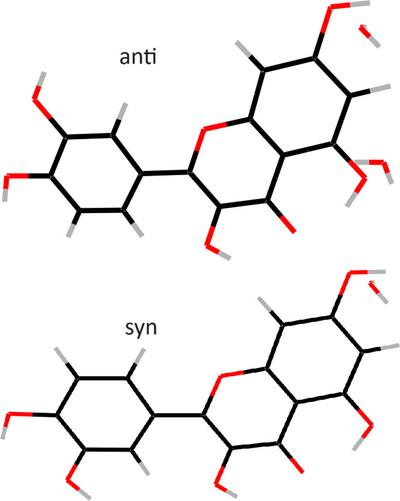
The charge-density distribution at ultrahigh resolution of quercetin dihydrate crystal reveals a subtle disorder in the catechol ring system. The electrostatic complementarity between the quercetin molecule and its surroundings is good with the water molecules, but less so in the aromatic stacking region.
Coordination geometry flexibility driving supramolecular isomerism of Cu/Mo pillared-layer hybrid networks
- Pages: 782-792
- First Published: 02 December 2024
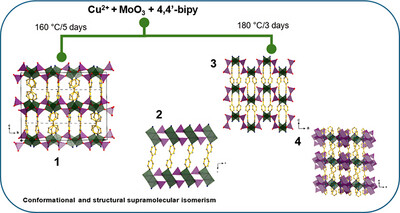
The hydrothermal synthesis and structural characterization of four novel 3D pillared-layer metal–organic frameworks are studied, revealing how the malleability of copper coordination geometries drives diverse supramolecular isomerism. The findings provide new insights into designing advanced hybrid materials with tailored properties, emphasizing the significant role of reaction conditions and metal ion flexibility in determining network topologies.
Variable stoichiometry and a salt–cocrystal intermediate in multicomponent systems of flucytosine: structural elucidation and their impact on stability
- Pages: 793-806
- First Published: 02 December 2024
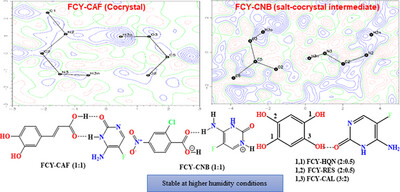
Five multicomponent solid forms of antifungal drug flucytosine are reported and the hygroscopic stability was evaluated. A detailed Crystal Structure Database search on the cocrystal/salts of flucytosine was carried out, and the salt/cocrystal formation was assessed based on bond angles and bond distances.
Density functional theory investigation of the phase transition, elastic and thermal characteristics for AuMTe2(M = Ga,In) chalcopyrite compounds
- Pages: 807-820
- First Published: 02 December 2024
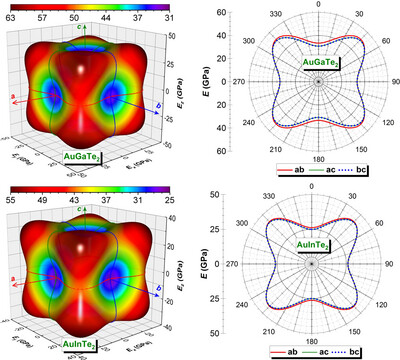
The first theoretical predictions of the phase transitions, elastic properties and thermal behavior of AuMTe2 (M = Ga,In) chalcopyrite compounds are presented. Using density functional theory and the quasi-harmonic Debye model, key mechanical and thermodynamic properties are analyzed, offering insights valuable for future experimental validation.




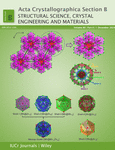
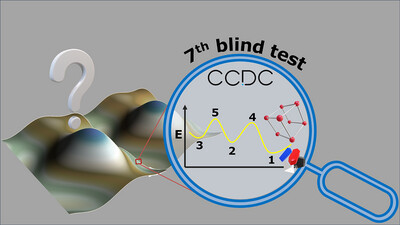
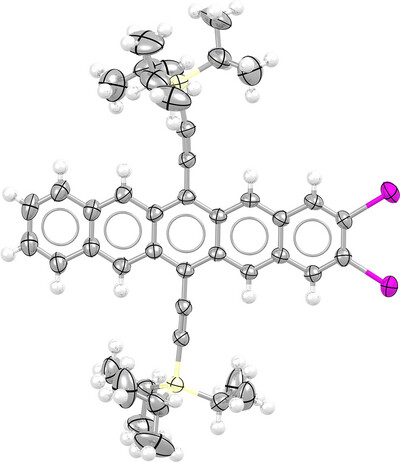
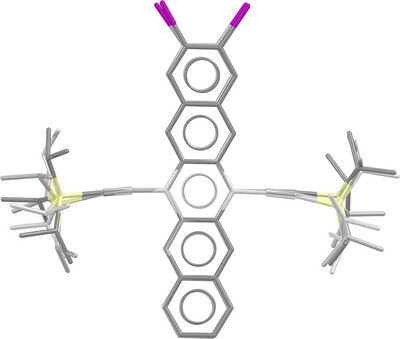
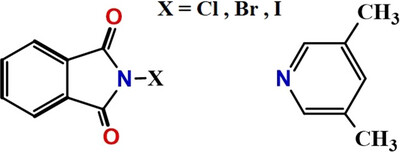
![Symmetry, magnetic transitions and multiferroic properties of B-site-ordered A2MnB′O6 perovskites (B′ = [Co, Ni])](/cms/asset/f92f3ab2-6905-4e01-b61a-d5a313a6454e/ayb2cam5004-fig-0001-m.jpg)
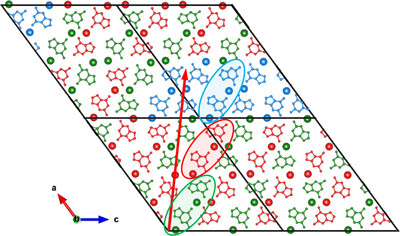
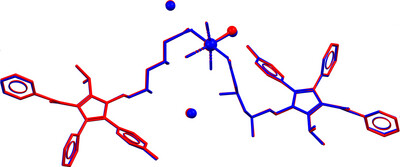
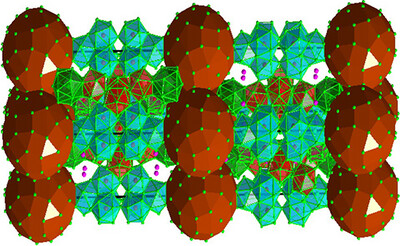
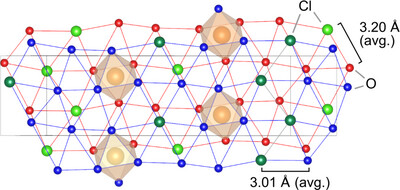
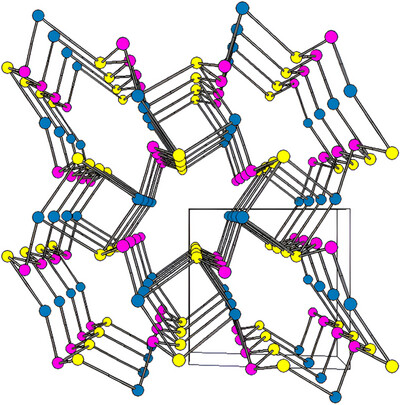
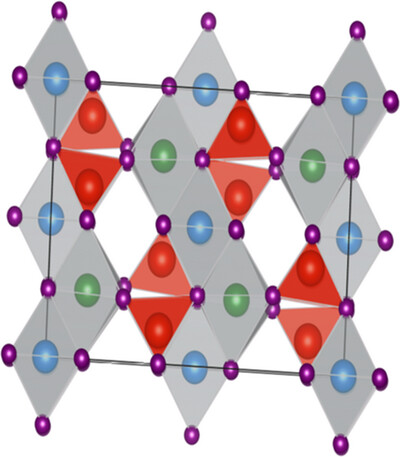
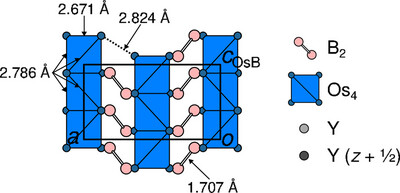
![Atypical phase transition, twinning and ferroelastic domain structure in bis(ethylenediammonium) tetrabromozincate(II) bromide, [NH3(CH2)2NH3]2[ZnBr4]Br2](/cms/asset/109639f7-cab5-446c-9e31-07d3dd891af3/ayb2xk5110-fig-0001-m.jpg)
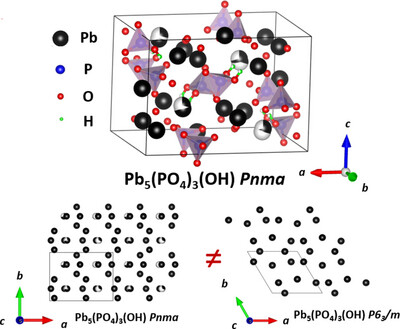
![Structures of hexamethyl-[1,1′-biphenyl]-4,4′-diammonium salts](/cms/asset/e2c9ccd7-7d9f-4ff9-b9c7-4295c4baf187/ayb2aw5097-fig-0001-m.jpg)
